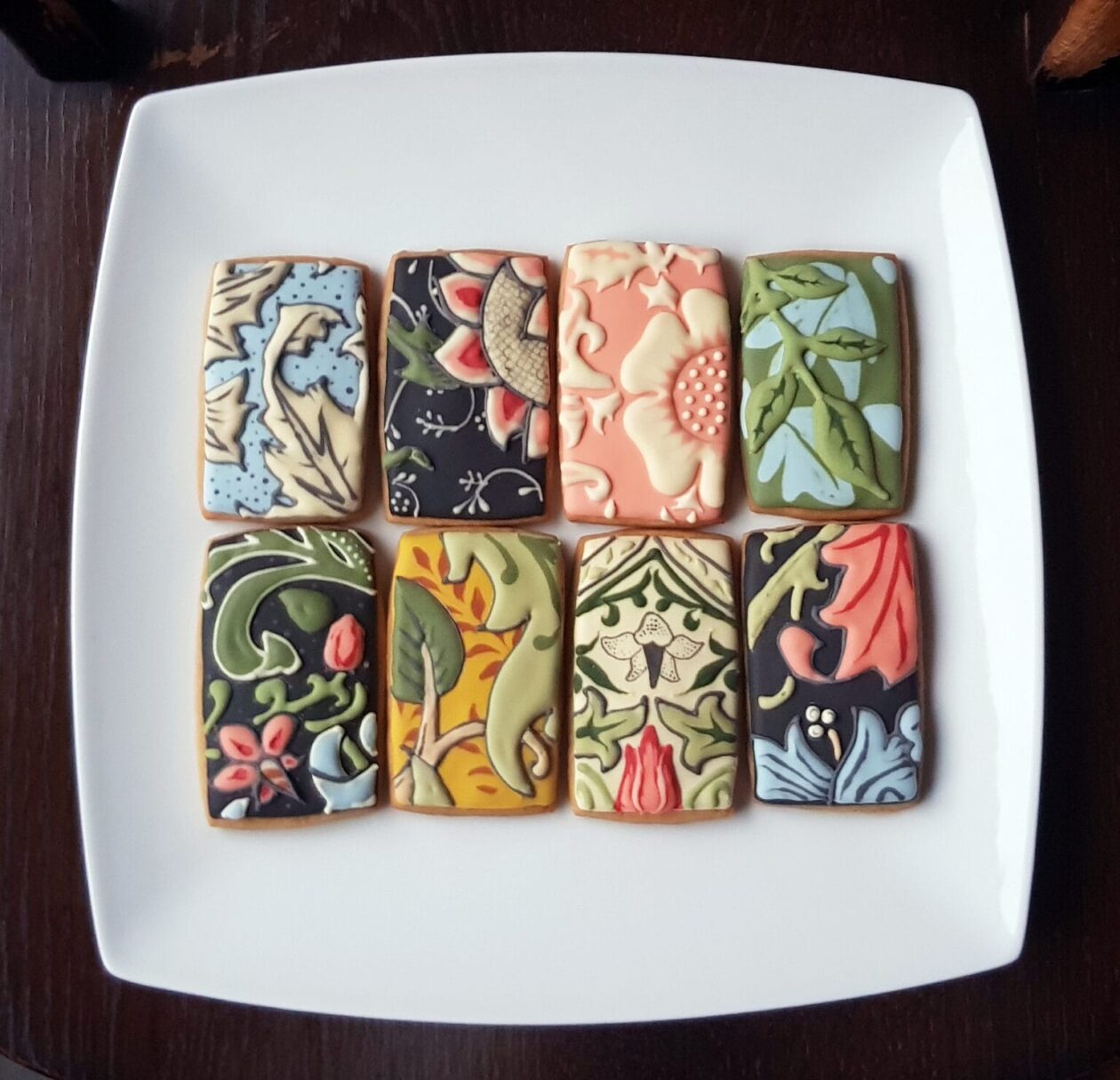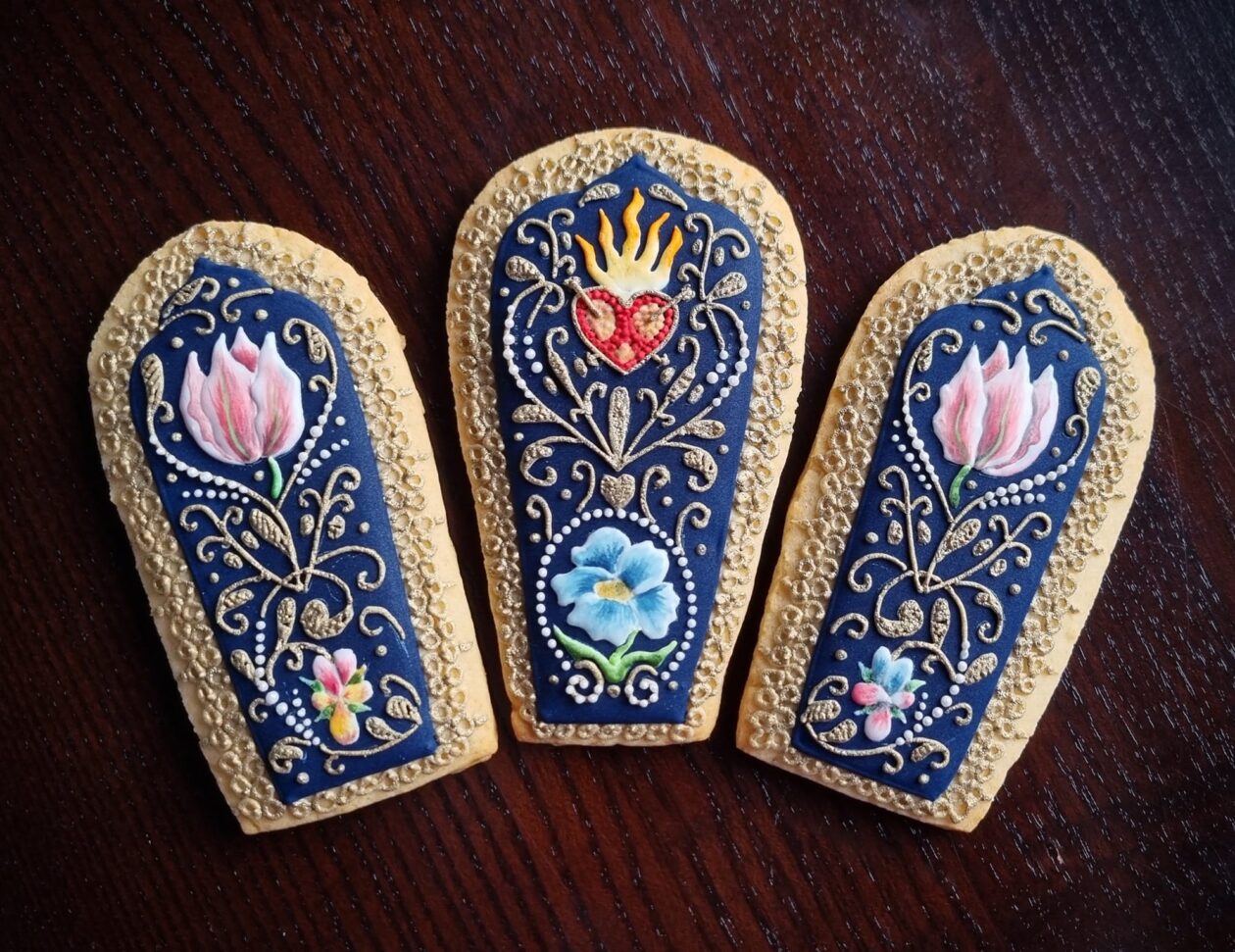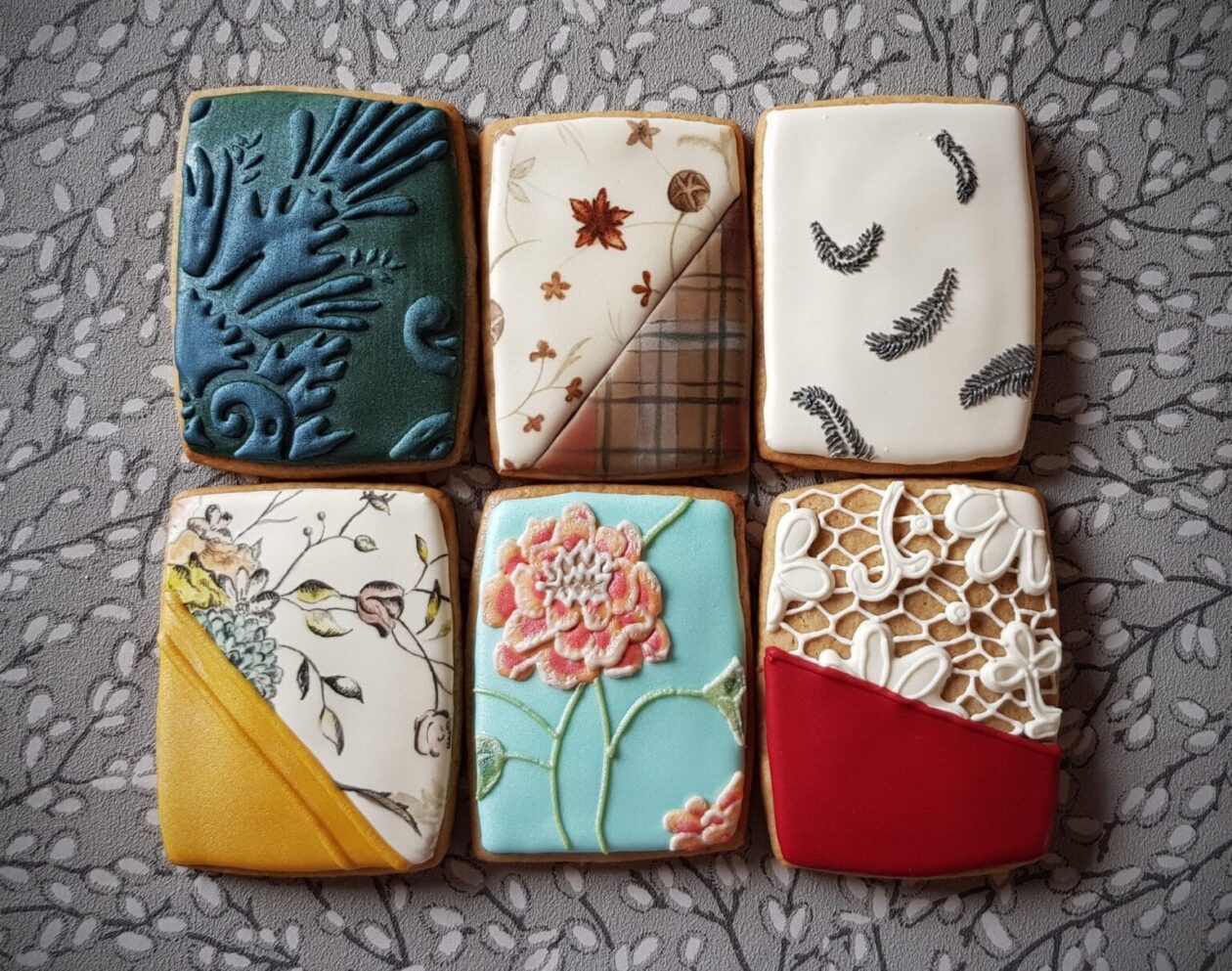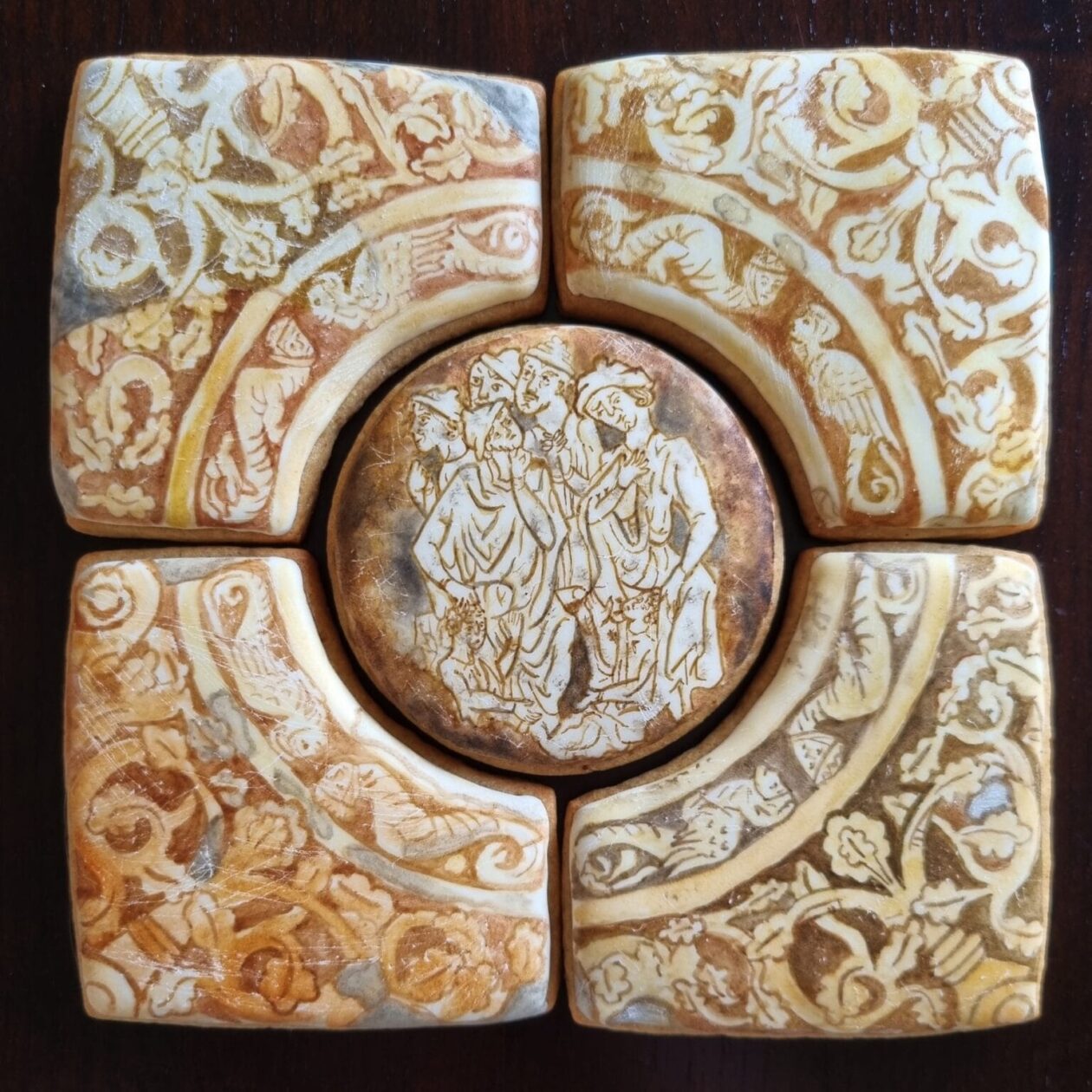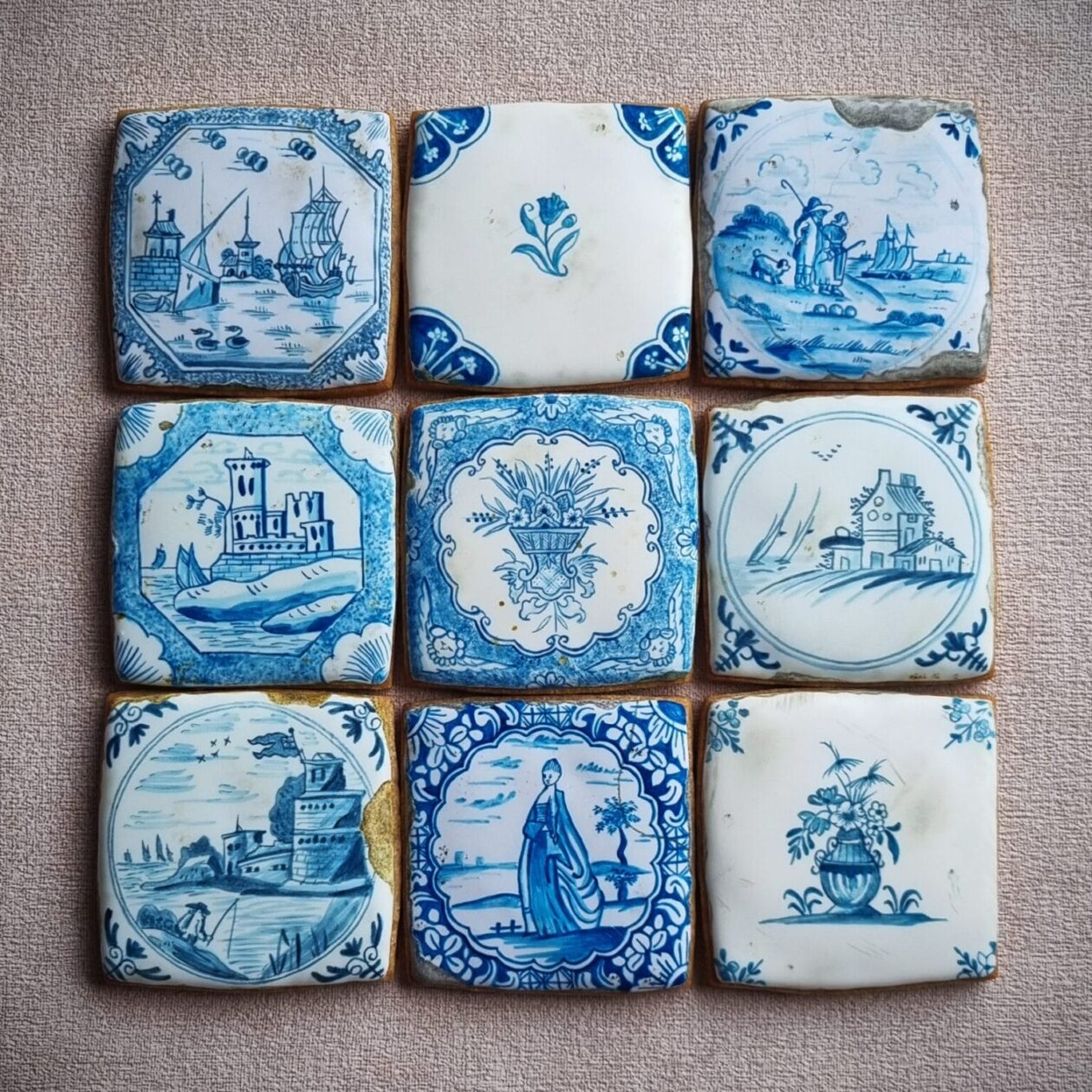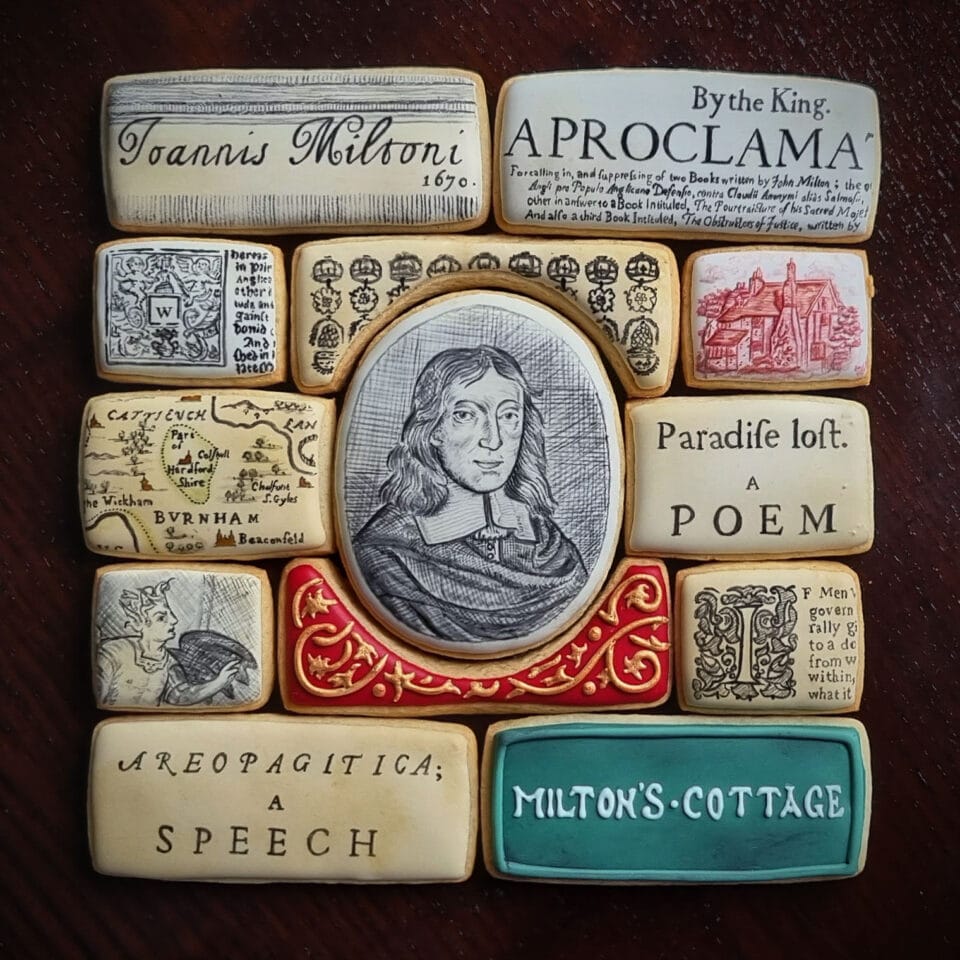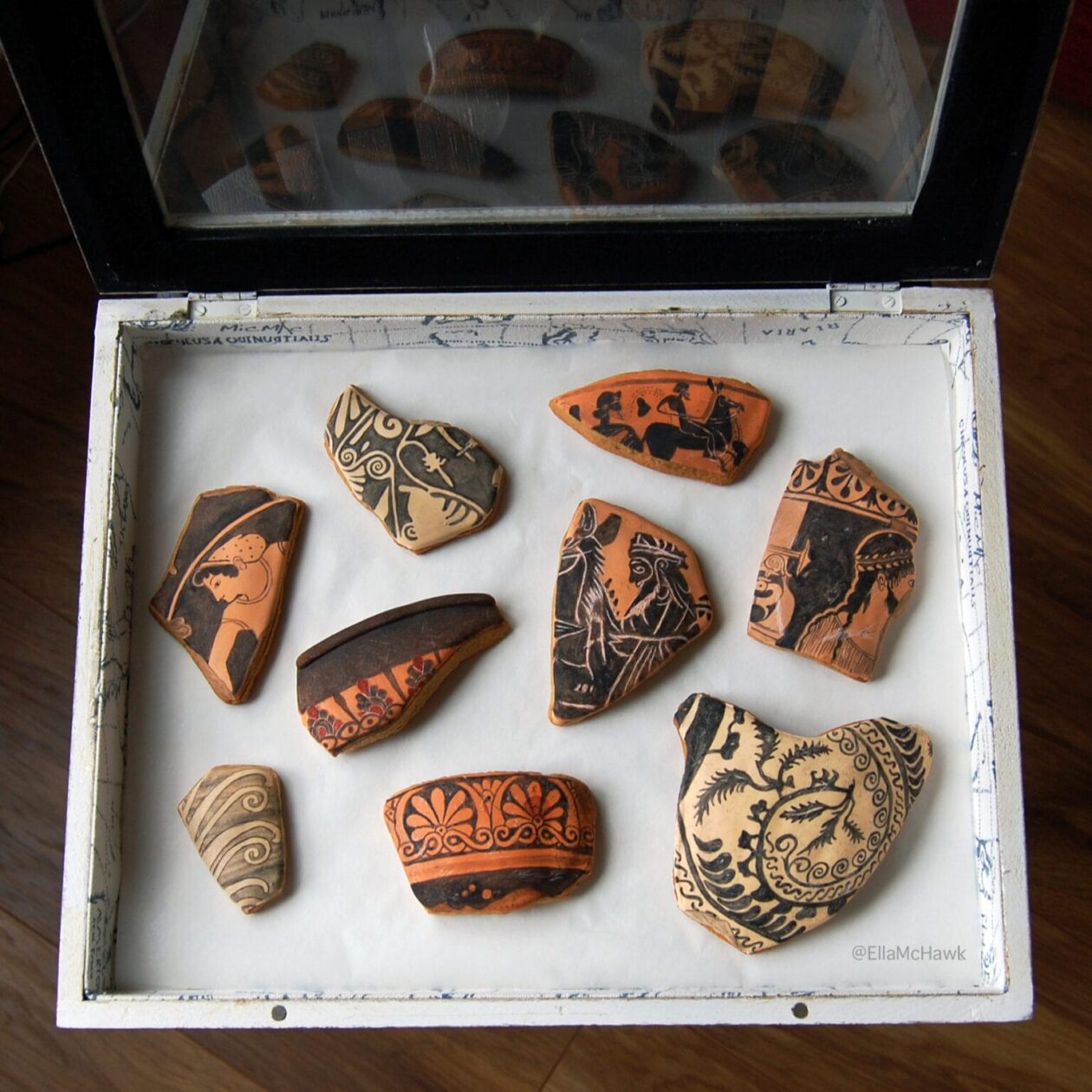Dr. Ella Hawkins has discovered a captivating method for bridging the gap between scholarly pursuits and widespread interest. This Birmingham-based artist and design historian creatively transforms her deep engagement with Shakespearean performance, historical costume, and material culture into remarkably detailed edible artworks. Her innovative approach makes academic exploration accessible through the delightful medium of baked goods.
Hawkins meticulously crafts cookies adorned with royal icing, turning each one into a miniature canvas. Her decoration process is informed by her academic rigor, employing fine paintbrushes and a small projector to accurately trace intricate designs. These designs range from the elaborate floral patterns of William Morris to the charming coastal scenes found on English delftware. The creation of a single decorated cookie can require several hours of focused work, with complex elements such as tiny calligraphy and portraits demanding the most time and precision.
The intersection of baking and academic inquiry began for Hawkins approximately a decade ago during her undergraduate studies in costume design at the University of Warwick. Inspired by the Shakespearean productions examined in her classes, she decided to bake cupcakes that reflected the various design aesthetics they had studied. This began a practice that continued through her doctoral studies, where she created decorated cakes and cookies as unique additions to her talks and thoughtful gifts for interviewed designers. This passion then broadened to encompass cookie interpretations of diverse artifacts during the pandemic.
Her dedication to this unique form of artistic expression has led to the publication of an academic book and a current role as a senior lecturer at the Royal Welsh College of Music and Drama. Alongside her academic pursuits, Hawkins continues to translate the essence of artifacts and cherished objects from museum collections into delectable creations. One notable collaboration involved Milton’s Cottage, the historic house where John Milton completed his renowned epic, Paradise Lost. This collection featured a delicately rendered portrait reminiscent of the book’s frontispiece, alongside typographic elements evoking the appearance of 17th-century texts.
Venturing further into the past, Hawkins has also created a collection inspired by ancient Greek pottery fragments housed in the Ashmolean Museum. These irregularly shaped cookies feature bowed surfaces that mimic the curvature of ancient vessels. Adorned with segments of various motifs and figures, the decorations incorporate a sgraffito technique, a Renaissance method involving scratching through a surface layer to reveal what lies beneath. The aged aesthetic is achieved by blotting a light brown-grey base before using a scribe tool to create scratches and cracks in the royal icing. These etched lines are then enhanced with a mixture of vodka and black food coloring to simulate the look of dirt and wear, resulting in edible artifacts that artfully blend culinary skill with historical appreciation.
More info: Website, Instagram.
